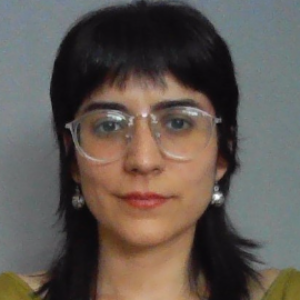Title : SARS CoV2 viral load and replication in postmortem pulmonary and extrapulmonary tissues
Abstract:
Background. The novel coronavirus disease 2019 (COVID-19), caused by SARS-CoV-2 is severe and involves multiple organs in approximately 5%-10% of patients, leading to multi-organ dysfunction and failure.
Methods. Necropsy tissues (lungs, heart, liver, kidney, small-intestine) were obtained through minimally invasive autopsy from 15 cadaveric donors whose postmortem swabs tested positive for SARS-CoV-2 (median age:69 years; females:8; hospitalized:7; vaccinated:7). Until use tissues were stored in RNAlater® at -70°C. SARS-CoV-2 RNA detection and viral load –VL– (as RNA copies/mL, for ORF1ab and N gene) were determined (RT-qPCR-DisCoVery); SARS-CoV-2 infectivity was measured using VeroE6 cell culture and VL (in 7-day/cell culture supernatants).
Results. SARS-CoV-2 RNA was detected in lung (8/15), heart (6/15), liver and kidney (4/15), and small-intestine (4/9). The highest VL level (median values in copies/mL for ORF1ab/N gene) was measured in lung samples (1.5x104/1.9x104; range: 1.01x102 to 1.14x108) but without significant differences against extrapulmonary tissues (liver:5.6x102/1.6x102, heart:5.5x102/4.4 x102, kidney:1.3x103/9.1x102, and small intestine:9.4x103/1.6x102). Median VL measured in tissues from non-hospitalized vs. hospitalized cases was slightly lower (5.5x101 vs. 3.0x103 copies/mL; p=0.1). Infectious SARS-CoV-2 was demonstrated in different tissues (lung:8/15, heart:11/15, liver:4/15; kidney:3/15; small-intestine:2/9) but the VL (as RNA copies/mL) was significantly higher (p<0.05) in the lung (1.4x106) and heart (1.9x106) samples than other tissues.
Conclusions. The postmortem presence of infectious SARS-CoV-2 is demonstrated in pulmonary and extrapulmonary tissues even among vaccine-recipient decedents. Autopsies of COVID-19 cases are associated with a consistent biological risk. These findings support initiatives that make transplants safe by reducing the potential for transmission of SARS-CoV-2



